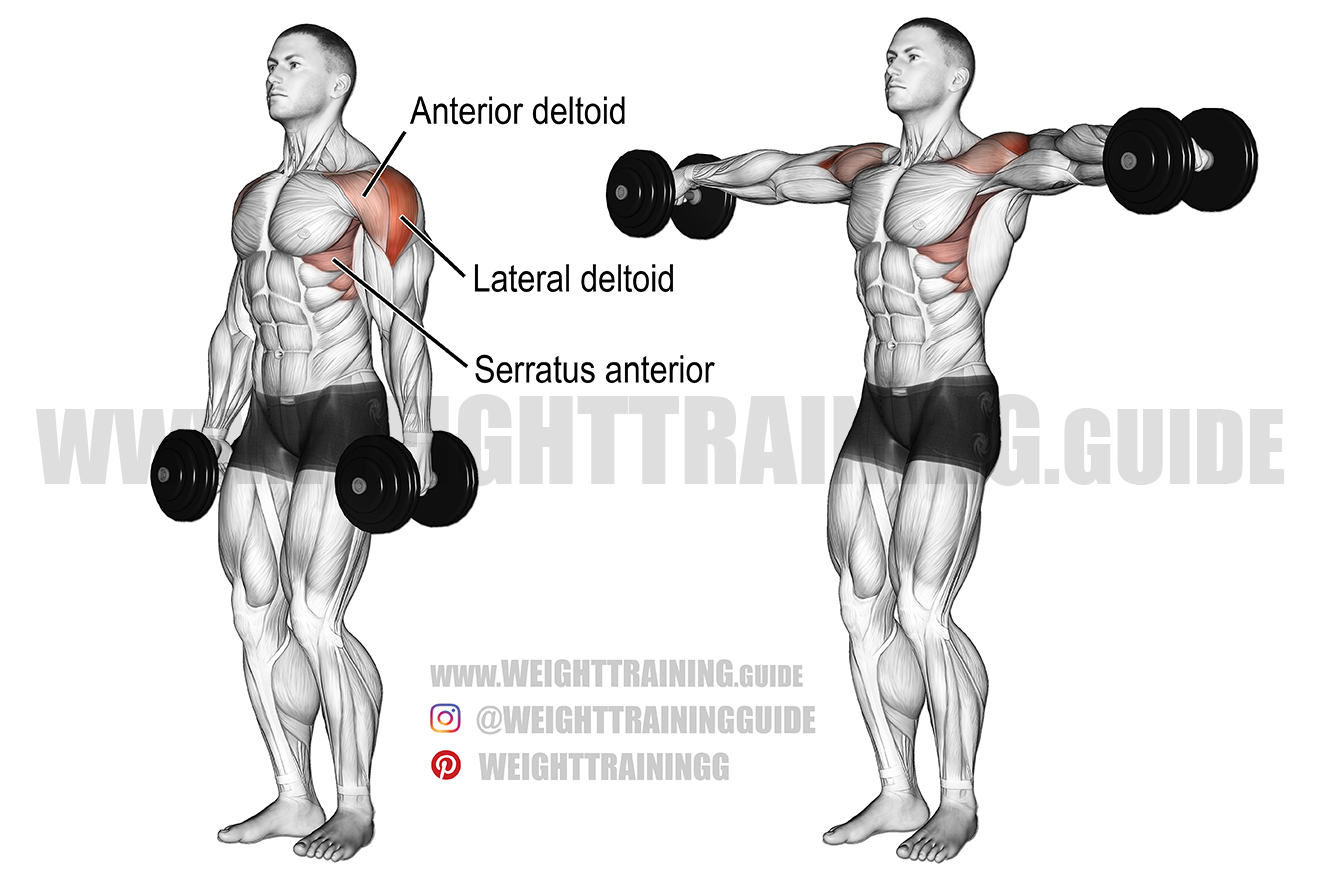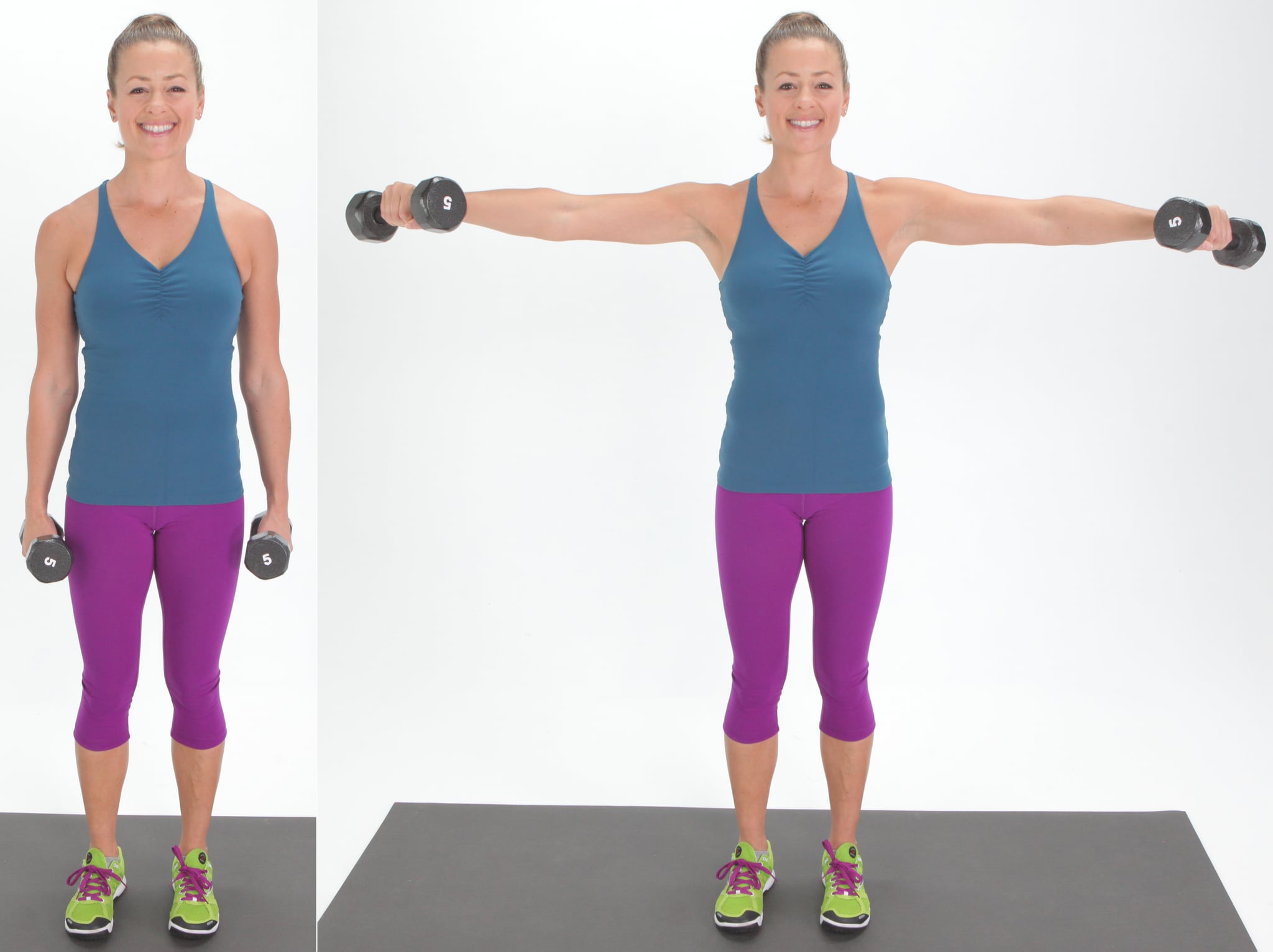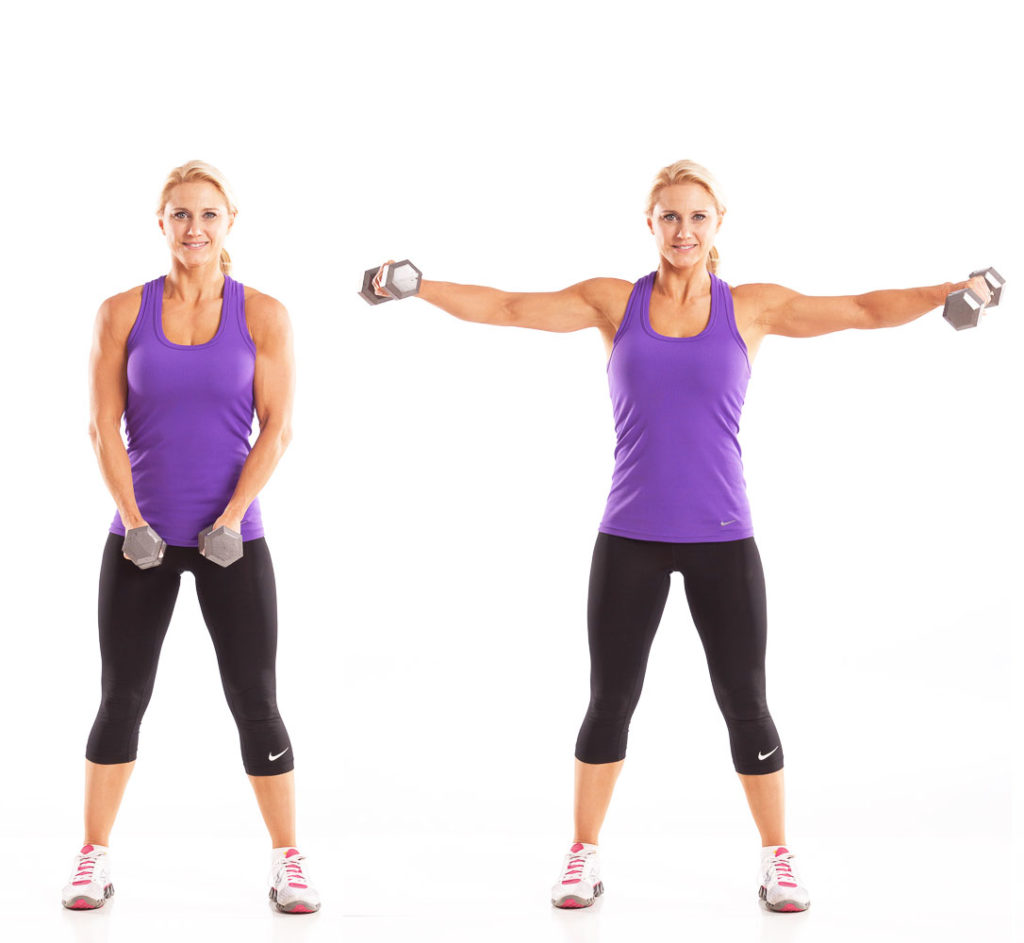Lateral Raises - Build Stronger Shoulders
For anyone looking to give their shoulder muscles a real boost, getting to know lateral raises is a pretty good place to start. This simple, yet powerful, movement can make a big difference in how your shoulders look and feel, adding a lot of overall physical strength. You might be surprised, as a matter of fact, just how much change a seemingly straightforward action can bring to your upper body. It’s a way to really zero in on a part of your shoulder that often needs a bit of extra attention.
You see, when we talk about making your shoulders more capable and giving them a nice, rounded appearance, the lateral raise pops right up as a top choice. It’s a straightforward action, usually done with some hand-held weights or maybe even stretchy bands, and it truly helps tone those muscles. So, whether you’re just beginning your fitness journey or you’ve been at it for a while, understanding this particular exercise can be quite beneficial for your upper body goals.
This particular movement focuses on a specific part of your shoulder, helping it get bigger and more powerful. It’s also a way to help your shoulder joints feel more stable and less prone to wobbles. In a way, it’s about making your shoulders not just look good, but also work better in your daily life. And that, you know, is something many people are looking for when they spend time on their fitness.
Table of Contents
- What Exactly Are Lateral Raises?
- The Core Idea Behind Lateral Raises
- Why Should You Care About Lateral Raises?
- Building Up Your Shoulders with Lateral Raises
- How Do You Do Lateral Raises Right?
- Getting Your Form Correct with Lateral Raises
- Are There Common Slip-Ups with Lateral Raises?
- Avoiding Typical Errors in Lateral Raises
What Exactly Are Lateral Raises?
When people talk about lateral raises, they're usually referring to a specific kind of physical activity that really zeroes in on your shoulder. It’s what you call an "isolation" exercise, which basically means it focuses on just one muscle group at a time, or at least mostly one. This particular action is all about making the side part of your shoulder, often called the lateral head of the deltoid muscle, much stronger. So, you know, it's pretty much a direct way to give that specific muscle some serious attention.
This movement is designed to help your deltoid muscles get bigger, which is a process known as muscle growth. It also helps your shoulder joints become more steady and less likely to move in ways they shouldn't. By doing this exercise often, you can really help shape your shoulders, giving them a more defined and powerful look. It’s a simple action, actually, but its impact on your shoulder shape can be quite noticeable over time.
The Core Idea Behind Lateral Raises
The main idea behind lateral raises is to work on that middle part of your shoulder, the one that makes your shoulder look rounded. It’s often called the middle deltoid, and it’s a key player in giving you that broad-shouldered appearance. You might also find, too it's almost, that this exercise helps out your trapezius muscles a little bit, those are the ones in your upper back and neck area. It's a pretty straightforward way to give your shoulders a good, solid workout, and it doesn't require a whole lot of fancy equipment, just your hands and some weights or bands.
In some respects, thinking about your shoulder, it’s not just one big muscle. It’s actually broken down into three main sections. The lateral raise specifically targets one of those sections, the one on the side. This focused approach is why it’s so effective for building up that particular part. So, you know, if you're looking to give your shoulders a bit more width and presence, this is definitely an exercise to consider adding to your routine. It’s simple, yet quite effective for that specific purpose.
Why Should You Care About Lateral Raises?
People often ask why they should bother with lateral raises, and the answer is pretty clear: they offer some really good things for your shoulders. For one thing, they help build up your shoulder strength, which is important for all sorts of daily activities, from lifting things to just moving your arms around. They also improve how much your shoulders can move freely, giving you better flexibility in those joints. So, in a way, they're not just for looks; they're for making your shoulders more capable overall.
Beyond just strength, these exercises are quite good for the general health of your shoulders. They contribute to the stability of the joint, making it less prone to issues down the line. Plus, they can help your shoulder muscles get bigger, a process known as muscle growth, which many people are trying to achieve. They can also help tone your shoulder muscles, giving them a more defined look. It’s a rather simple way, you know, to work towards more powerful and healthy shoulders.
Building Up Your Shoulders with Lateral Raises
When you perform lateral raises, you're essentially working to make your shoulder muscles grow and become more powerful. This movement involves a simple lifting action, typically done with hand-held weights. The goal is to make those shoulder muscles expand, leading to shoulders that appear bigger and feel stronger. It’s a pretty direct path, you might say, to getting the kind of shoulder development many people are after.
The benefits don’t stop there, though. This exercise also contributes to better shoulder health and stability. That means your shoulder joint becomes more secure, which can help prevent discomfort or problems as you get older or if you engage in other physical activities. It’s a very practical way, actually, to support the long-term well-being of your shoulder joints while also improving their appearance and strength.
How Do You Do Lateral Raises Right?
Doing lateral raises correctly is pretty important if you want to get the most out of them and keep your shoulders safe. The movement itself is quite simple, but getting the form just right can be a bit tricky without paying close attention. It usually involves holding weights in your hands and lifting them out to the sides. You know, it’s not about swinging the weights around; it’s about a controlled, smooth lift.
One key thing to remember is to keep your core engaged. That means tightening your stomach muscles a little bit to help keep your body steady. Also, it's often a good idea to start with weights that aren't too heavy. Using lighter weights helps you focus on getting the movement correct before you try to lift more. This way, you're building a good foundation for stronger shoulders without putting yourself at risk.
Getting Your Form Correct with Lateral Raises
To perform lateral raises properly, you essentially need just your hands and either some dumbbells or resistance bands. It’s a movement that you can do with minimal equipment, which is pretty convenient. The goal is to lift your arms out to the sides, almost like you’re making a "T" shape with your body. It’s important to make sure your form is correct, as that’s what helps you get the most out of the exercise and avoid any strain.
Before you even pick up those weights for your lateral raises, it’s generally a good idea to warm up your body. Many people find it helpful to start with movements that work bigger muscles, like those in your chest and back. This helps get your blood flowing and prepares your body for the more focused work on your shoulders. Personally, I usually do some chest and back movements first, just to get things going, you know, before I move on to the shoulder-specific exercises.
Are There Common Slip-Ups with Lateral Raises?
Yes, just like with any kind of physical activity, there are some common slip-ups people make when doing lateral raises. These mistakes can sometimes lead to discomfort or even reduce how effective the exercise is for your shoulders. It’s pretty important to know what these common errors are so you can try to steer clear of them. You want to make sure you’re getting the full benefit of the movement without causing any issues for yourself.
One of the main things to keep in mind is that your deltoid, which is your shoulder muscle, is actually made up of three different parts. While the lateral raise focuses on one specific part, doing the exercise incorrectly can put stress on other areas or just not work the intended muscle as well. So, paying attention to how you’re moving is really key to getting the results you want and staying comfortable.
Avoiding Typical Errors in Lateral Raises
To really get the most out of your lateral raises and avoid any common missteps, a few things are worth remembering. For one, always try to keep your core muscles engaged. This means a slight tightening of your stomach, which helps stabilize your whole body as you lift the weights. It keeps you from swaying or using other muscles to help with the lift, ensuring your shoulders do the actual work.
Another really important piece of advice is to use weights that aren’t too heavy for you. It might feel like you should lift a lot to get results, but with lateral raises, lighter weights are often better. This allows you to focus on the proper movement and really feel the muscle working, rather than struggling with a weight that’s too much. By doing this, you’ll avoid common mistakes that could cause discomfort or simply make the exercise less effective for building up your shoulder muscles. It’s about doing it right, you know, not just lifting the heaviest thing you can.

Dumbbell lateral raise exercise guide and video | Weight Training Guide

Lateral-Raises

Dumbbell Lateral Raise: Strengthen Your Shoulders and Define Those Delts!